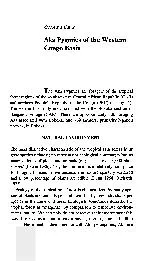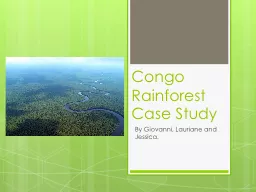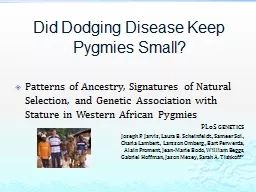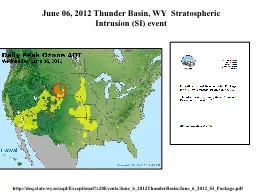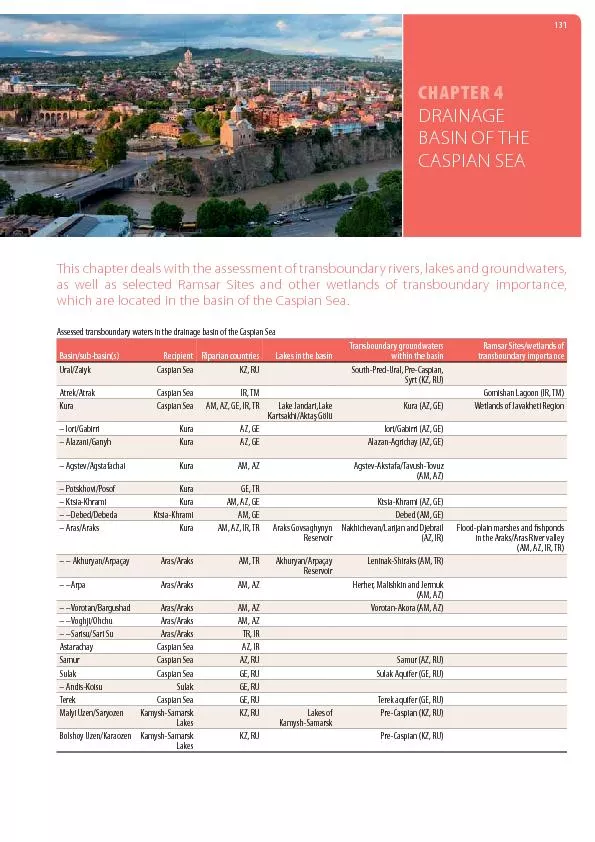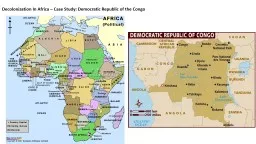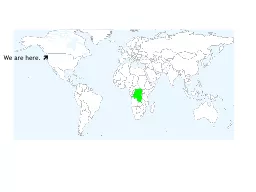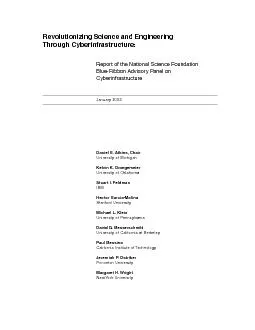PDF-CHAPTER 2 Aka Pygmies of the Congo Basin The Aka Pygmies are foragers
Author : calandra-battersby | Published Date : 2015-10-02
Intimate Fathers CENTRAL AFRICAN PEOPLES REPUBLIC Fig 1 General area occupied by Aka Pygmies and location of study populations better off than most other peoples
Presentation Embed Code
Download Presentation
Download Presentation The PPT/PDF document "CHAPTER 2 Aka Pygmies of the Congo Basin..." is the property of its rightful owner. Permission is granted to download and print the materials on this website for personal, non-commercial use only, and to display it on your personal computer provided you do not modify the materials and that you retain all copyright notices contained in the materials. By downloading content from our website, you accept the terms of this agreement.
CHAPTER 2 Aka Pygmies of the Congo Basin The Aka Pygmies are foragers: Transcript
Download Rules Of Document
"CHAPTER 2 Aka Pygmies of the Congo Basin The Aka Pygmies are foragers"The content belongs to its owner. You may download and print it for personal use, without modification, and keep all copyright notices. By downloading, you agree to these terms.
Related Documents

